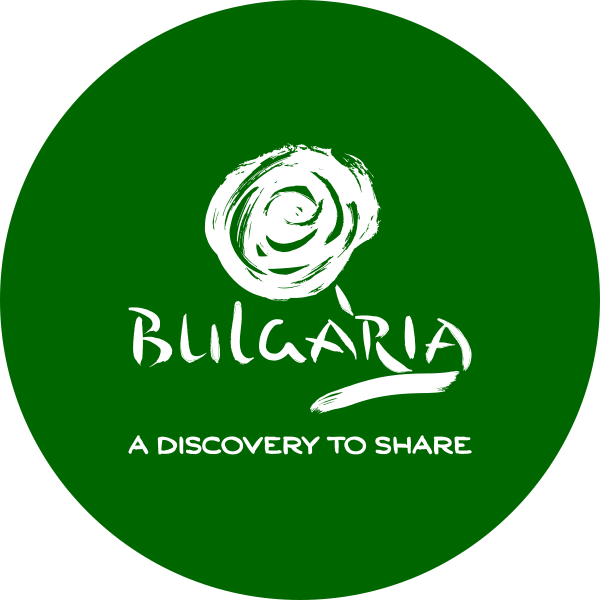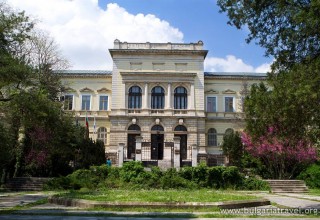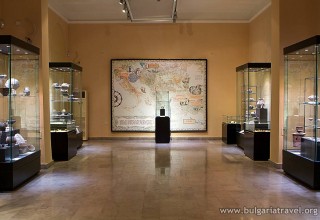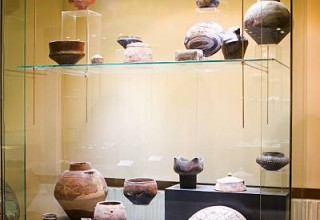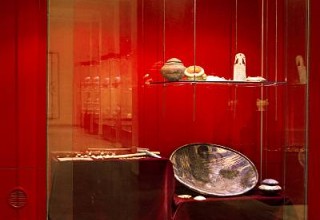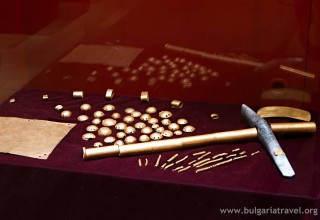The Archaeological Museum of Varna is one of the oldest in Bulgaria.
It was established in 1887 and in 1906 its first exhibition was presented to the audience. It includes two open-air museums: Roman Thermi (II-III c.) with an area of 7000 sq. m. - the fourth largest in Europe - and the medieval Aladzha monastery (14th century) with separate an exhibition of early Christian mosaics (V century) and icons from the 19th century. The exposition area of the museum is 2 150 square meters.
The archaeological museum shows original finds from the Paleolithic Age /about 100 000 years BC/ to the Middle Ages /7th – 8th/ century, many of which are of great significance to the archaeology of Europe and the world. The largest Mesolithic collection of flint tools in South-East Europe, the largest collections of ancient terracotta, tombstone reliefs, lamps and glass vessels in Bulgaria are placed here. Unique exponents of the Hellenistic age, the Roman age and the Late Antiquity are presented; as well as rare premonetary forms, more than 2000 golden, silver, bronze and copper antic and middle age coins. Stone inscriptions from the history of the Bulgarian state are also presented; and also the largest in the country collections of early Bulgarian belt decorations and jewels from time of the Second Bulgarian Empire (1185 – 1393).
A representative part of the rich collection of the museum is presented in six halls - 150 icons (14th – 19th century). One of the attractions for young visitors and students is the renovated 2013 Museum of Art, with pre-historic and medieval dwellings and technologies that they can explore on the spot.
The museum and its items represent Bulgaria at dozens of national and international exhibitions. The museum items were displayed at famous museums in France, Germany (twice), Japan, Israel, Italy and at the world exhibitions in Seville (Spain) -1992, Lisbon (Portugal) -1998.
Availability for visits: Paid, all year round, available guide, with access for people with disabilities
Transport accessibility: Public Transport
Tourist infrastructure: hotels, restaurant



